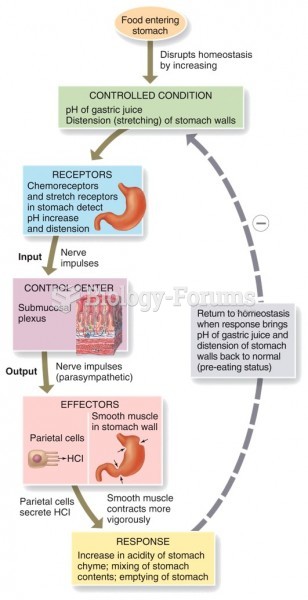Three of the following homes should promote self-regulation in the children that live there. Which home is least likely to promote self-regulation?
a. Six-year-old Maria's mother sometimes asks her if she would go next door to borrow a cup of sugar from a neighbor. You can stay and talk for a few minutes, she says, but don't forget that I can't finish these cookies until you return.
b. Nine-year-old Ginny's parents often seek her input on family decisions, although they ultimately have the final say on what the family does.
c. Twelve-year-old Mark's parents let him do whatever he wants as long as he tells them where he's going.
d. Fourteen-year-old Manny often sees his mother writing the novel she's always wanted to write. I'd love to watch TV like you are, she sometimes tells him, but I'll be happier if I finish at least two more pages tonight.
Question 2
Fifteen-year-old Aneesh loves building models of antique cars from kits he buys at the local hobby shop. He prides himself on his close attention to detail and meticulous workmanship. Without any assistance or encouragement from his parents, he makes sure to put every piece in its proper location, wipes off any excess glue so that all surfaces are clean and smooth, carefully applies the decals in the exact spots they need to be, and so on. I'm a really careful guy, he says, and my work reflects on my skill as a model builder. If we apply the four steps that characterize internalized motivation to Aneesh's self-regulation in model-building, which step we would say he is at?
a. external regulation
b. introjection
c. identification
d. integration







